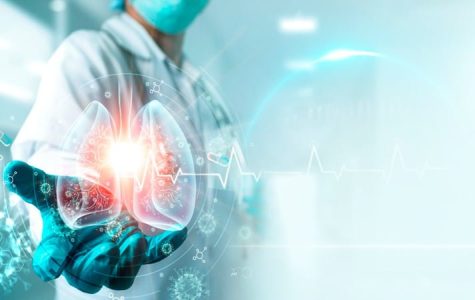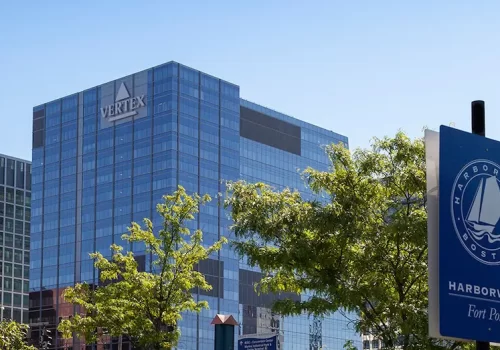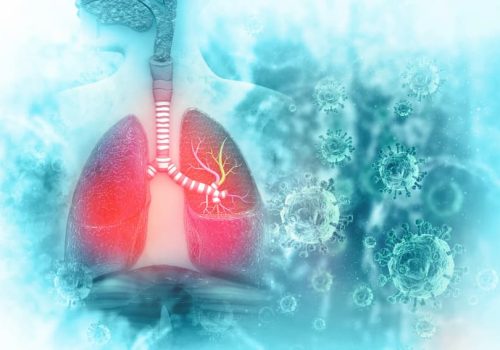Pulmonary fibrosis is an idiopathic disease.
It presents as a chronic fibrosing interstitial pneumonia.
It is progressive and of unknown etiology.
It occurs mostly in older adults with an average age of approximately 55-75 years.
It only involves the lungs, where it enlarges and inflames fibroblasts and modifies the extracellular matrix.
This lung disease is fatal.
It has a survival time of 3-5 years.
Until now, the drugs pirfenidone and nintedanib have been the only drugs that have allowed prolonging the time to stop the progression and deterioration of this disease.
They also inhibit the deterioration of lung function and increase survival in humans.
However, they do not provide a definitive cure and are not well tolerated.
In the scientific-medical reviewIn the scientific-medical review, it has been proposed to conduct future clinical research to identify the best therapeutic options with the application of stem cells for the treatment of pulmonary fibrosis.
What are these cells?
They are the body’s collection of blood cells (white blood cells, red blood cells and platelets).
They are capable of regulating the body’s immune response.
Benefits of cells and their application as a regenerative treatment
- The pluripotency of mesenchymal cells, in combination with their ability to balance immunity, stop inflammation and benefit epithelial tissue regeneration, is timely and shows promise. There is hope in applying this therapy as an effective treatmentfor interstitial lung disease.
- At present, the application of the cells as a treatment for idiopathic lung disease and other pathologies has been demonstrated to be safe.
- It is also believed that transplantation of mesenchymal genetic material, combined with pharmaceutical therapy of antifibrotic drugs (pirfenidone and nintedanib), helps to slow down the fibrotic increase in the cells.
The mechanisms of action are still not very clear. - The body’s cells are housed in the soft tissue that surrounds each blood vessel.
By making a local incision, the genetic material is obtained.
Bioactive molecules and extracellular vesicles are secreted that promote an immediate response in the immune system. - The cells promote instantaneous regeneration after insertion.
The application of these cells has great advantages.
They are readily available and proliferate easily. - Through the stem cell, the epithelial tissue is restored and the inflammation process of the affected cells is inhibited.
Due to its tissue repairing effect, this implanted material stimulates different growth factors.
For example, the growth of keratinocytes, hepatocytes, epidermal growth and angiogenesis. - These cells also act as repair agents and as storers of adenosine triphosphate and internal functions in the recipient cells.
- Cell implantation also regulates the adaptive immune system.
It slows down the maturation of T cells and dendritic cells. - It also inhibits the growth and increase of B cells and killer cell cytotoxicity.
- Cells from bone marrow were the first type most commonly used to combat lung diseases.
Finally, we can say that, thanks to the methods and technological advances in reconstructive medicine, the efficacy and safety of stem cell treatment has been proven.
In recent years, it has been corroborated that they could attenuate different diseases of pulmonary origin.
With stem cell transplantation, restoration of the implanted tissues is achieved by means of migratory cells.
However, advances continue to be made in the study to improve and expand other therapeutic strategies.
The goal is to obtain a greater achievement for the treatment of the disease.
The results are promising, but not definitive. References:https://www-ncbi-nlm-nih-gov.translate.goog/pmc/articles/PMC6299195/



















